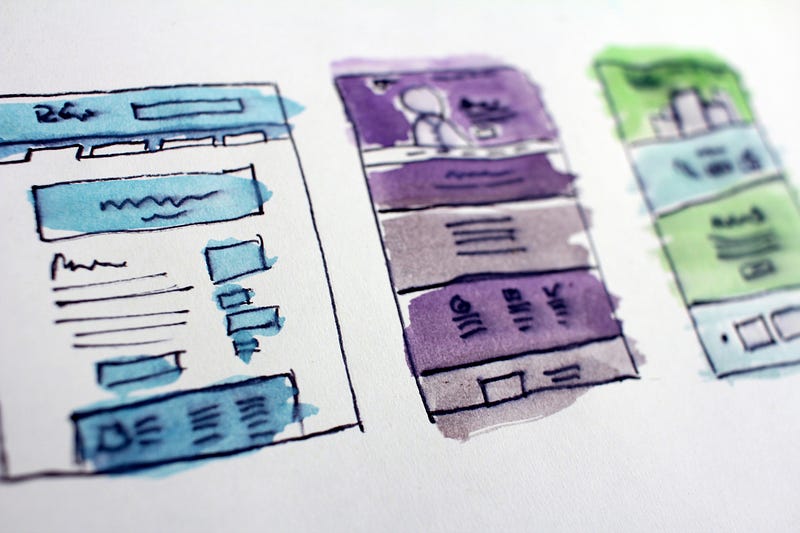How to Create a UX Designer Portfolio?
Creating a portfolio is an essential step in any UX designer’s career. It allows you to showcase your work and skills to potential employers and clients. But, creating an effective portfolio can be tricky. In this article, we will outline the steps you need to take to create a portfolio that will make you stand out from the competition. Choose the right format for your portfolio

Before you start, decide on a preferred format for your portfolio. There are basically two options: a static or interactive version. A static version is exactly as it sounds — a version that is purely static, without any interactivity.
Interactive portfolios are the ones you will probably use more often.
The main difference between the two is that a Interactive portfolio can be used on all kinds of devices, whereas a static one only works on specific platforms.
Steps
- The first step in creating a UX portfolio is to make it look professional. You can do this by following a few basic steps. First of all, make sure your site is aesthetically pleasing. Use professional colors and fonts. You should also have a logical layout for your content. Ensure your design is clean and easy to read. Lastly, don’t overwhelm recruiters with a massive amount of information.

2. The next step is to create a UX design portfolio. This document must be brief and concise. It should contain only the most relevant information. You can use lists or categories to organize your content. You may want to include screenshots to help your audience understand how to use them. However, you must provide context for every visual. The best approach is to format your documents as if you were presenting your work to a potential employer.
3. You can start by drafting the content of your UX portfolio. Remember to keep it brief and to focus on relevant information. You may want to create a UX portfolio with a detailed description of the design process. A well-written UX portfolio will contain a wealth of information, so be sure to present it in a manner that will capture your audience’s attention. Afterwards, you can go public with your work by creating a website with the project’s final results.

4. The next step is to organize your materials. Your UX portfolio should be organized in categories and lists. This way, it is easy to navigate and read. Once you have created the portfolio, you can start applying for jobs. By creating a UX portfolio, you will be on your way to a successful career. The next step is to find a good UX job! And if you are new to this field, your portfolio will reflect your growth and your passion.
5. Lastly, you need to make sure your portfolio is easily accessible. It should not be difficult for someone to navigate, even if they have no experience. Its main goal is to showcase your work and your skills. A good UX portfolio will have a large number of projects. It should be easy to create, but it should also be visually
More Tips…
A UX portfolio can be very useful for a UX designer, and it should be representative of the types of projects you have worked on. Although many UX designers use templates to make their portfolios look more attractive, you should create your own unique UX. This will help your portfolio stand out from the crowd. You can also highlight recent work to attract new clients. It’s important to emphasize recent projects that are outstanding and noteworthy, as well as past work that is not representative of the best of your skills.

Your UX portfolio should be concise. The purpose of a UX portfolio is not to showcase all of your previous work, but to highlight your best work. It is not a retrospective of all your past projects, but instead a collection of exemplary projects. You’ll want to highlight your most impressive ones, but don’t overdo it. A good UX portfolio is a valuable tool for UX professionals.
After you’ve created a UX portfolio, you’ll need to start promoting it on your social media profiles. You should add your link to your portfolio on your website, and promote it through your email signature. It’s also a great idea to post your portfolio on your LinkedIn account. Those who follow you on social media are more likely to notice your work, so make sure to include a link to your UX portfolio in your profile. Keeping it easy to navigate will make your portfolio more attractive to viewers.






